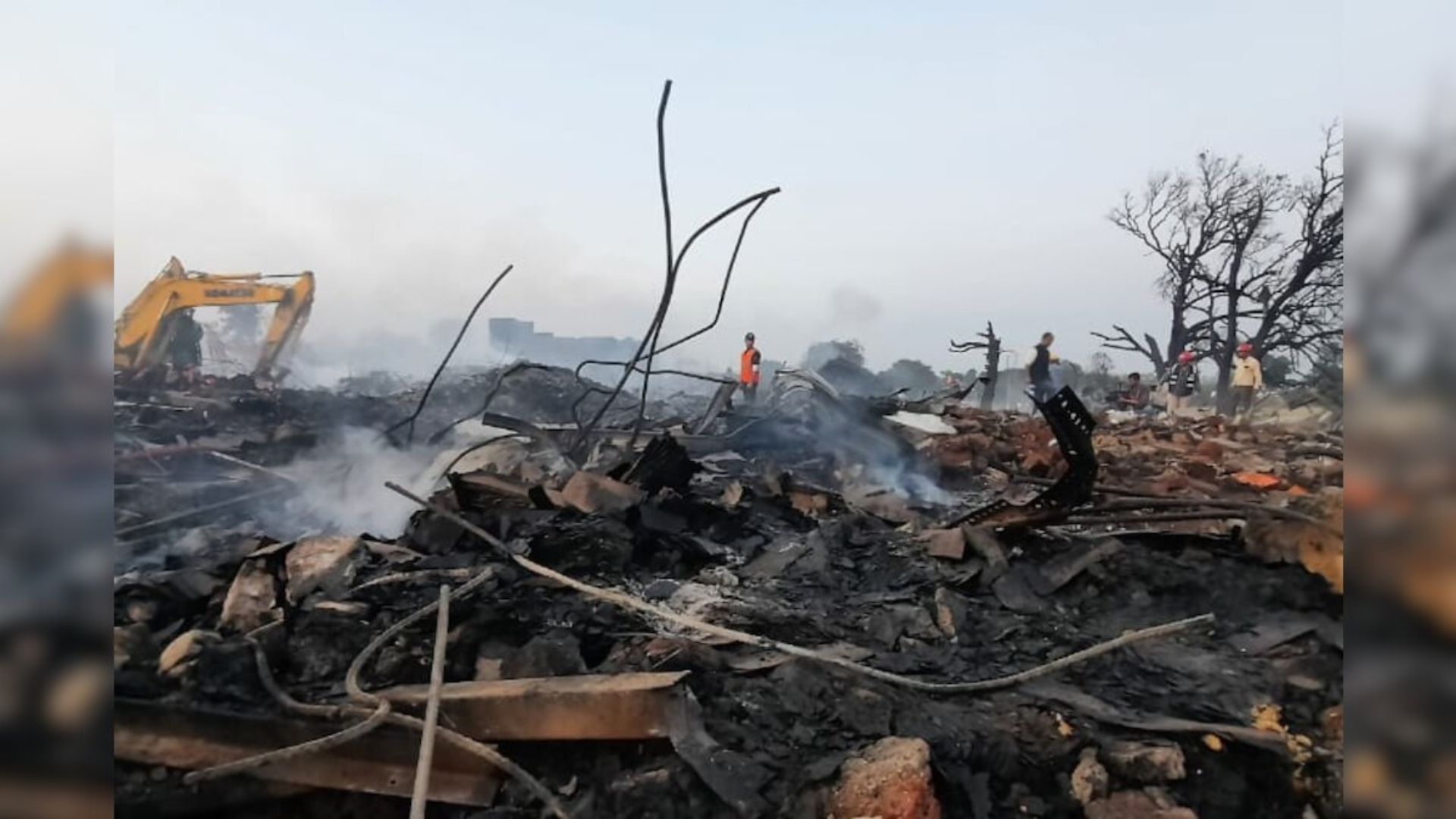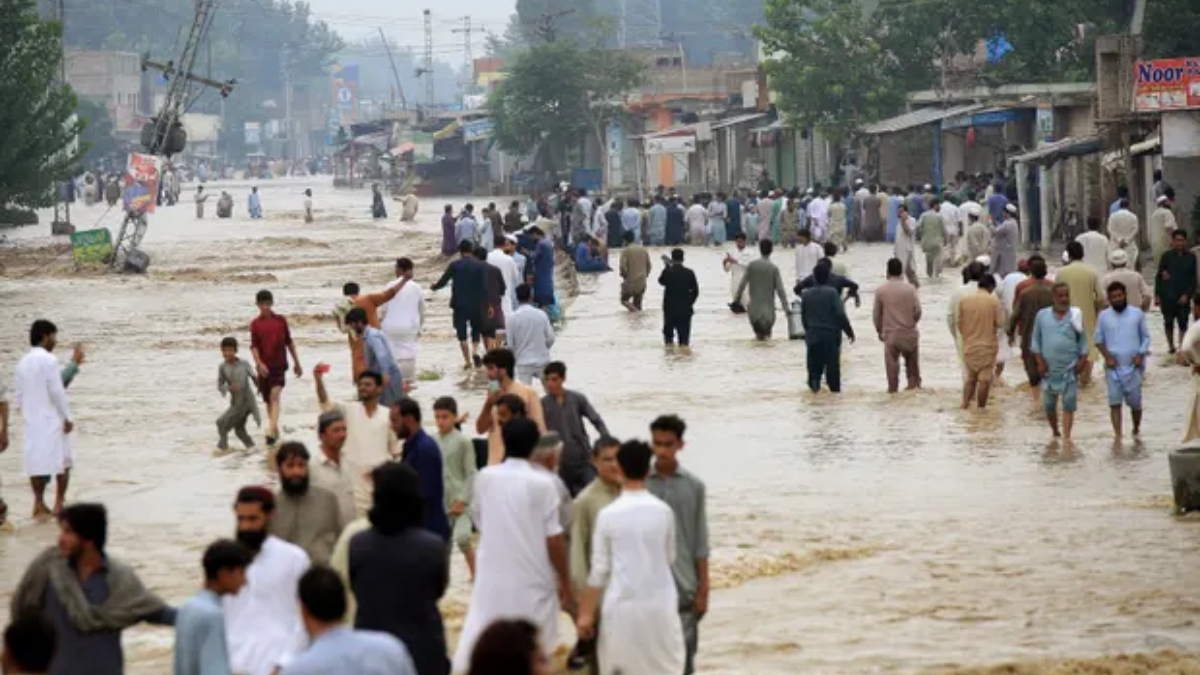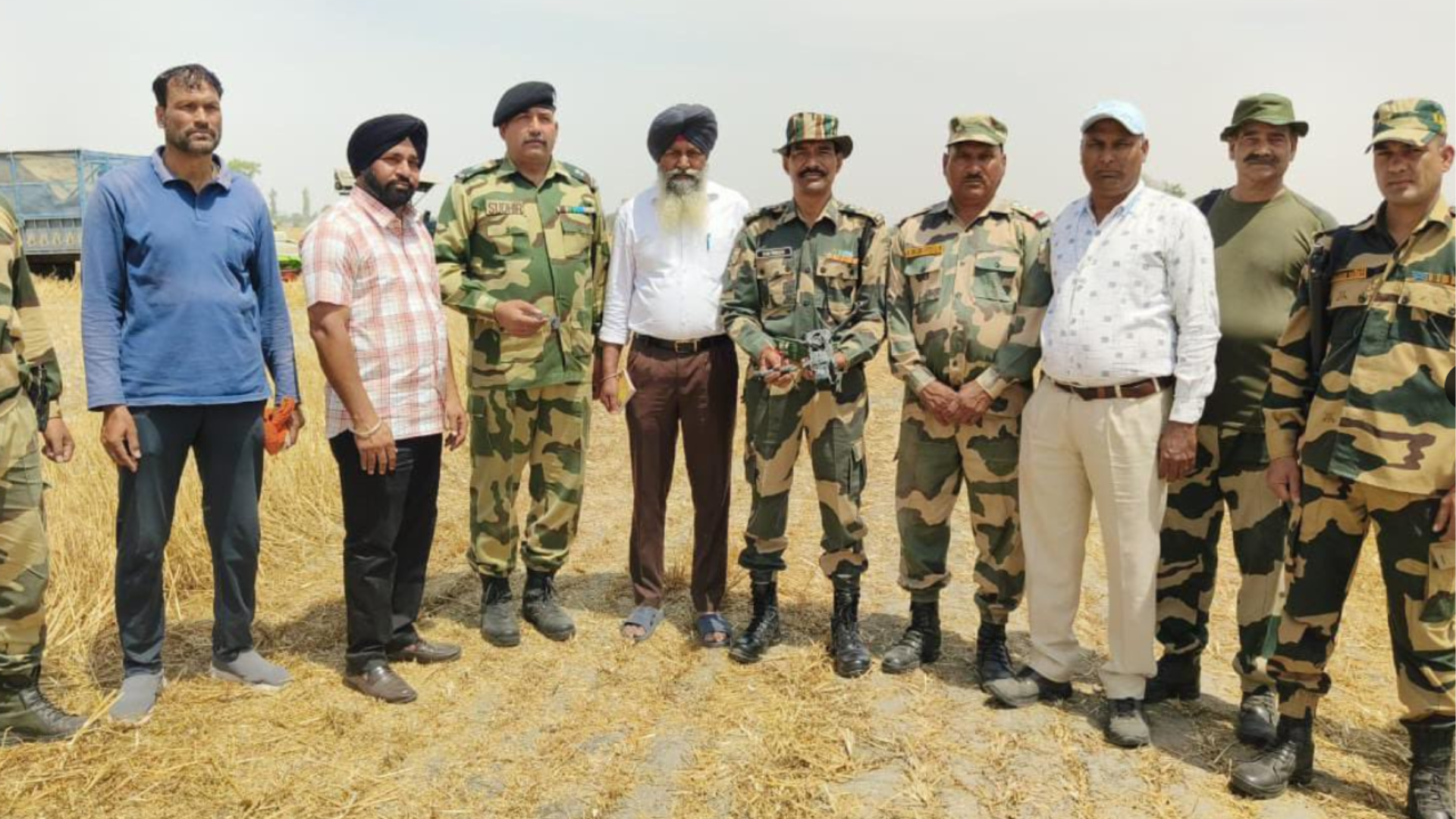










Local media in Pakistan’s Sindh region said that a boat carrying about 25 flood victims collapsed in the overflowing Indus River on Monday, killing at least 13 people and leaving a large number of others missing.
A boat carrying flood victims from waterlogged villages to a safer site crashed in Bilawalpur village in Sindh’s Sehwan city.
Deputy commissioner stated that there have already been 13 fatalities and eight persons have been saved. According to rescuers, almost 25 flood victims were being transported to relief shelters at the time of the event.
This occurs when military and government assistance efforts are being made in flood-affected areas of Pakistan.
According to the UN Office for the Coordination of Humanitarian Affairs, humanitarian situation in Pakistan has gotten worse over the past two weeks as torrential rains continue to produce flooding and landslides that result in displacement and devastation throughout the nation (OCHA).
The nation is currently experiencing the greatest floods due to rain in its history. The Pakistani government has formally designated 66 districts as being “calamity hit”: 31 in Balochistan, 23 in Sindh, 9 in Khyber Pakhtunkhwa (KP), and 3 in Punjab. The situation is still fluid, and several other districts have been impacted. As long as it rains, more districts are likely to be proclaimed calamities.
According to the National Disaster Management Authority (NDMA), 33 million people in Pakistan were reportedly impacted.
Since June 14, the NDMA reports that over 218,000 homes have been destroyed and another 452,000 have been damaged.
Livelihoods are also being severely damaged; of the more than 793,900 cattle that have perished, almost 63% are in Balochistan and 25% are in Punjab. Livestock is a vital source of subsistence and livelihood for many communities.
Around 2 million acres of orchards and crops have also been affected, including at least 304,000 acres in Balochistan, 178,000 acres in Punjab, and roughly 1.54 million acres in Sindh.
Infrastructure damage has made the humanitarian situation even worse because it has made it more difficult for people to flee to safer areas, travel to markets, hospitals, or other essential services, and deliver aid to those in need. Over 3,000 km of roads and 145 bridges have been partially or entirely destroyed.









